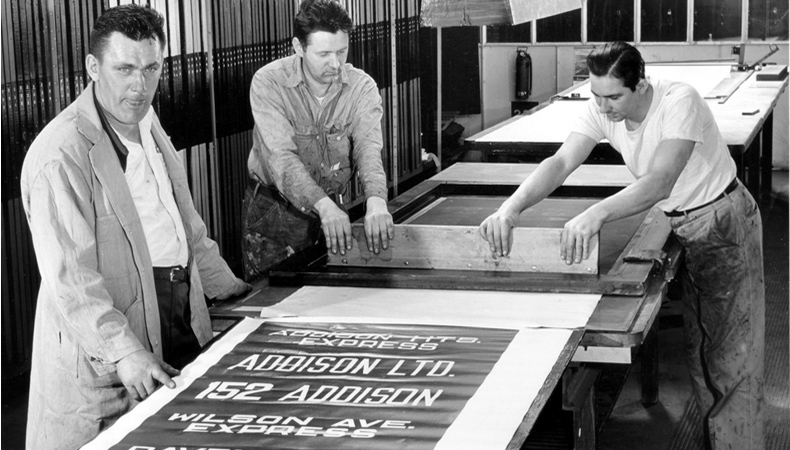Screen printing, a versatile and widely used printing technique, has a rich history that dates back over a thousand years. This method, which involves transferring ink onto a substrate through a mesh screen, has evolved significantly over time, adapting to the needs of various industries and artistic expressions. Today, it stands as a cornerstone in the world of printing, particularly in the fashion, advertising, and promotional products sectors. This article explores the fascinating journey of screen printing from its ancient origins to its modern-day applications.
Ancient Beginnings
The roots of screen printing can be traced back to ancient China during the Song Dynasty (960-1279 AD). The earliest form of this technique was known as “stenciling,” where paper or cloth was cut into patterns and ink was applied through these cutouts. This method quickly spread to other parts of Asia, including Japan, where it became known as “katazome” and was used to create intricate designs on fabric.
The Spread to Europe
Screen printing made its way to Europe in the late 18th century, primarily through the influence of trade and cultural exchange. European artisans began experimenting with stenciling techniques, and by the 19th century, the method had evolved to include the use of fine mesh screens made from silk, hence the term “silk screening.” This advancement allowed for more detailed and intricate designs to be produced, making the technique popular among artists and craftsmen.
Industrial Revolution and Commercialization
The Industrial Revolution in the 19th century brought about significant advancements in screen printing technology. The development of synthetic materials for screens, such as nylon and polyester, replaced silk, making the process more affordable and accessible. Additionally, the invention of photo-reactive chemicals in the early 20th century revolutionized screen printing by allowing for photo-stenciling. This technique enabled precise and consistent image reproduction, which was a game-changer for commercial printing.
Mid-20th Century Boom
The mid-20th century saw an explosion in the popularity of screen printing, driven by the rise of the advertising and promotional products industries. Screen printing became the go-to method for producing posters, banners, and promotional merchandise. Artists like Andy Warhol further popularized the technique by using it to create iconic works of art, such as his famous Campbell’s Soup Cans series. This period also saw the introduction of automated screen printing machines, which increased production speed and efficiency.
Modern-Day Screen Printing
Today, screen printing is a sophisticated and highly versatile printing method used across various industries. Advances in technology have led to the development of digital screen printing, which combines traditional techniques with digital printing capabilities. This hybrid approach allows for greater customization and precision, meeting the demands of modern consumers.
Screen printing services now offer a wide range of products, from custom apparel and promotional items to fine art prints and industrial applications. The use of eco-friendly inks and sustainable practices has also become a focus, reflecting the growing awareness of environmental impact within the industry.
Key Screen Printing Services
- Custom Apparel Printing: T-shirts, hoodies, and other clothing items featuring unique designs.
- Promotional Products: Pens, mugs, tote bags, and more, often used for marketing and branding purposes.
- Signage and Banners: Large-scale prints for advertising, events, and trade shows.
- Fine Art Prints: Limited edition art pieces and reproductions.
- Industrial Applications: Printed electronics, decals, and labels used in various manufacturing processes.
Conclusion
The history and evolution of screen printing is a testament to human ingenuity and adaptability. From its ancient beginnings in China to its modern-day applications across diverse industries, screen printing has continually evolved to meet changing needs and technologies. Today, it remains a vital and dynamic printing method, offering unparalleled versatility and quality. As technology continues to advance, the future of screen printing promises even more exciting developments and innovations.
